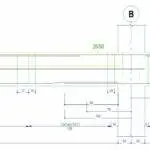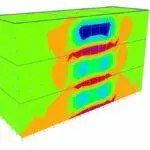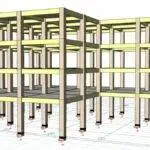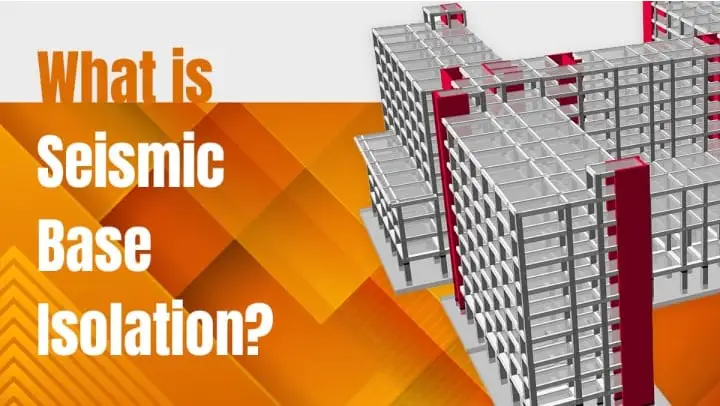
What is Seismic Isolation? How Do Seismic Isolators Work?
Earthquakes are not necessarily destroying events; structures that withstand earthquake ground motions have been successfully built for centuries. The modern name of this application is seismic isolation. Seismic isolation aims to minimize the earthquake load acting on the structure and reduce storey drifts and acceleration by dissipating the earthquake energy at the isolation layer and elongating the natural vibration period of the structure. In this way, serviceability and the safety performance levels are ensured.
In seismic isolation applications, the superstructure is designed to remain linear-elastic. While the relatively flexible isolation layer dissipates the input energy of the earthquake, little or no damage is allowed in the structural members above and below the isolation level.
The seismic isolator design also considers additional factors like wind, temperature, creep, and humidity.
Two types of isolators are frequently used in modern applications: Rubber bearing (elastomeric) and sliding type (friction pendulum system) isolators.
Lead Rubber Bearing (LRB) Isolators
Low shear modulus, high axial rigidity, and ability to recover large strains at relatively low stress levels make lead rubber bearings ideal for base isolation. LRBs comprise alternating horizontal layers of steel plates and vulcanized elastomer with a lead core inside. The steel plates help the composite device develop strength and stability to support the upper structure, while the lead core increases the damping properties.
Sliding-Type (Friction Pendulum) Isolators
Sliding-type isolators comprise a sliding element (puck) between flat or concave steel plates, and they act following the principle of a pendulum. The sliding surface curvature and the structural weight above the device generate the restoring force. The friction between curved surfaces dissipates energy.
Design Steps of a Seismically Isolated Building
Architectural and structural layout plays a crucial role in determining the location of the isolators. The isolators can be placed in the basement storey, above the basement storey, or on the foundation level. Then, a preliminary analysis is performed to determine the target period, target displacement, axial capacities, and the types of isolator units.
When the plane and type of isolators are determined, the preliminary design stage begins! In preliminary design, seismic analysis is performed for design-based (DBE) and maximum-considered earthquake (MCE) cases. Target period, displacement, and stiffness are verified through iteration if necessary.
In the final design stage, earthquake ground motions compatible with the target spectrum and the final types and nonlinear properties of the seismic isolators are determined. Structural analysis for the seismically isolated superstructure and unisolated substructure is performed. Design process is finalized with design and displacement checks.
Practice – Erzurum Healthcare Complex, Turkey
The Erzurum Healthcare Complex is the largest medical complex in eastern Turkey covering 201,500 sq. meters of total construction area. The complex was designed as one of the world’s largest seismically isolated hospitals at that time with a total of 1,600 bed capacity.

Structural design of the complex was developed to provide effective and efficient serviceability after a probable earthquake in Erzurum. More than 1,200 isolators were installed aiming to have no damage on any critical medical equipment, and to maintain the operability of the building premises and medical equipment as well as building services like sanitary, medical gas, and fire protection.
Modeling Seismic Base Isolators with ProtaStructure
After a preliminary design for the seismic isolation system is conducted, you can start modeling the isolators on your structural model. It should be noted that the isolation system design and evaluation are iterative processes. Engineers might need to reanalyze the structure to obtain an economic design and performance targets repeatedly. ProtaStructure allows you to model the same or different types of isolators under each column or shearwall. You can find out the general modeling tips and design requirements for a seismic isolation system in the related white paper published on our website.
Over the years, ProtaStructure has been used for multiple projects including seismically isolated hospital buildings, to perform structural and seismic analysis. A few examples of the seismically isolated hospital buildings designed and analyzed with ProtaStructure are given below.
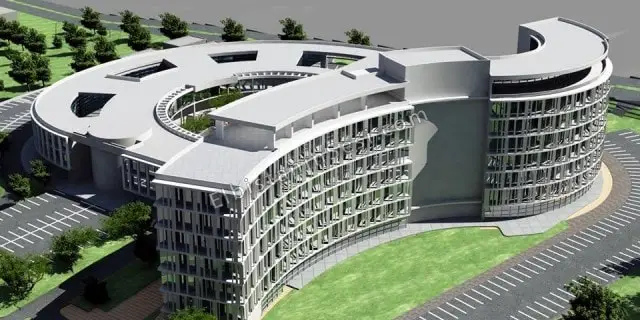
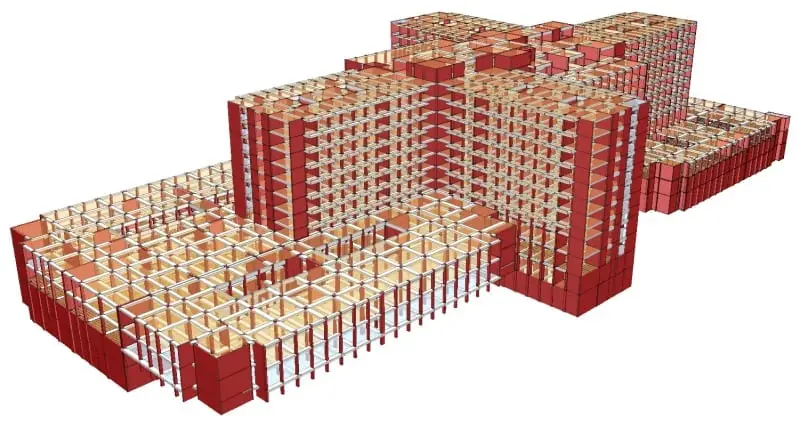
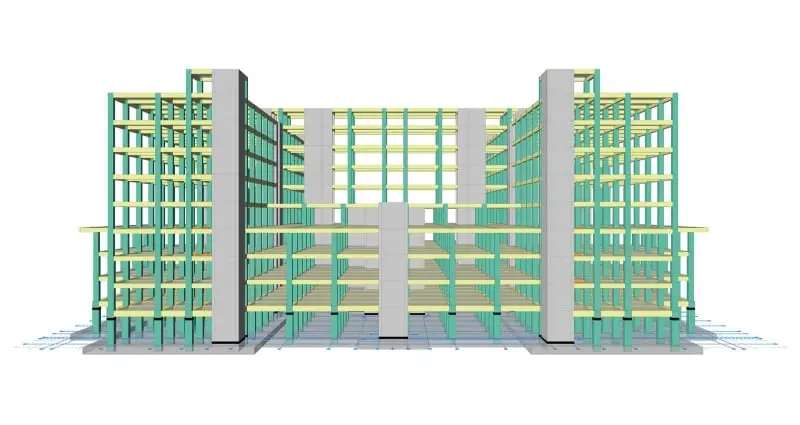
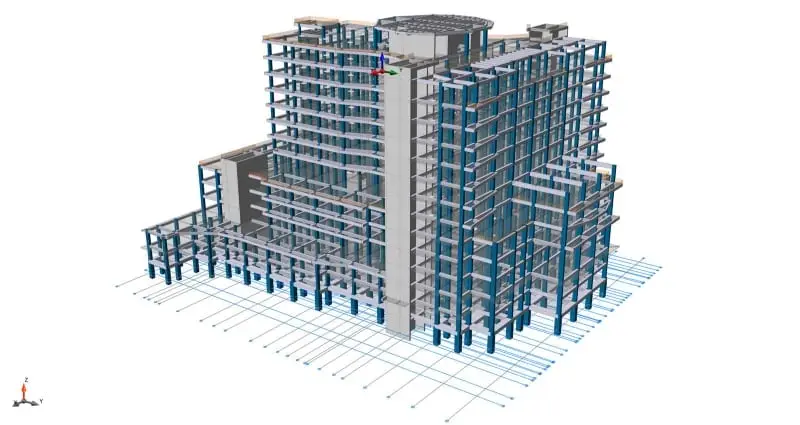
Additional Readings
Seismically Isolated Hospital Design Practice in Turkey: Erzurum Medical Campus
Seismic Retrofit of an Existing Multi-Block Hospital by Seismic Isolators





